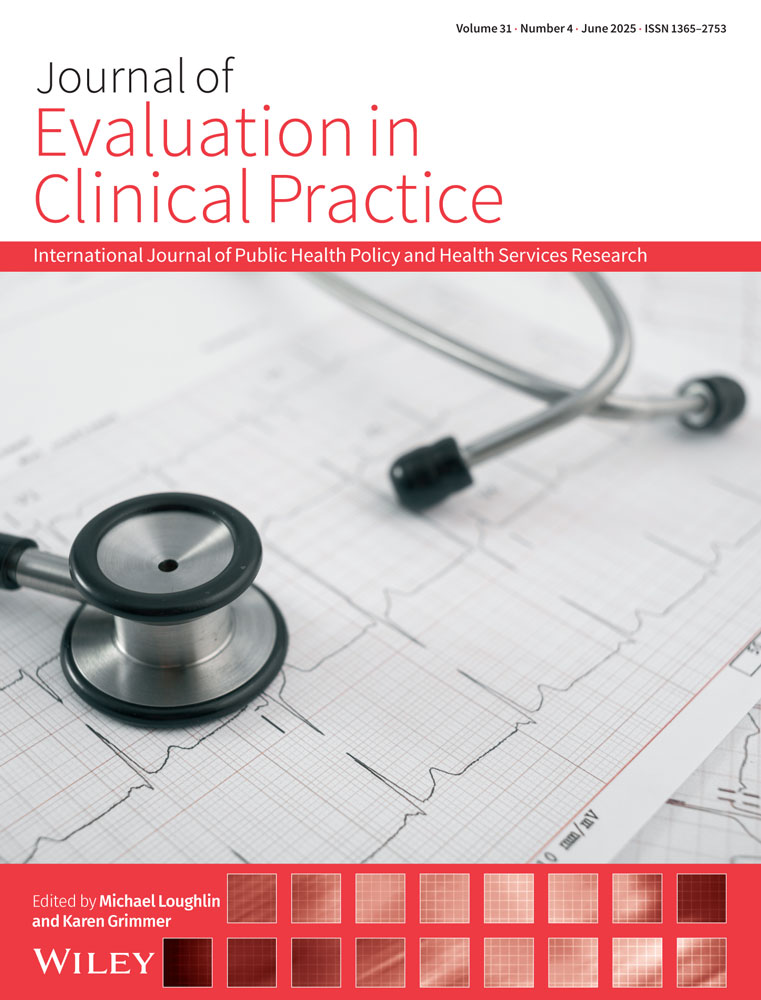The Impact of Improving Clinical Patient Handover Interventions on Patient Outcomes and Handover Practices: A Complex Nursing Intervention Study
ABSTRACT
Background
In the context of patient handovers, there is a consensus on the importance of utilizing standardized forms, yet comprehensive evidence on the effectiveness of complex nursing interventions in post-use evaluations is lacking, especially regarding their impact on short-term, long-term and patient outcomes.
Objective
This study aims to assess the feasibility, implementation and impact of interventions designed to enhance the effectiveness of patient handovers among nurses.
Methods
This quasi-experimental, complex nursing intervention development study investigated patient handover practices in general surgery intensive care units, internal medicine and general surgery clinics. The study utilized the Handoff CEX, standard patient handover form to categorize effectiveness, Newcastle Satisfaction with Nursing Care Scale and Trust in Nurses Scale.
Results
Analysis of the Handoff CEX total and Newcastle Nursing Care Satisfaction Scale and the Trust in Nurses Scale mean scores, showed a statistically significant increase.
Conclusion
Nurses and educators can adopt complex nursing intervention practices for patient handovers in both current practice and future research. Standardizing patient handovers will contribute to increased patient safety and satisfaction.
Implications for the Profession and/or Patient Care
From a professional standpoint, this study emphasizes how crucial it is to use standardized interventions during patient handovers since they've the ability to improve patient outcomes, nursing practices and serve as guidelines for future research.
Impact
It is widely acknowledged that the establishment of standardization is crucial for attaining improvement in patient handover. The results of this study revealed that non-standardized handovers lead to limited transfer of information. The research findings show the use of intricate nursing interventions during patient turnover can augment the efficacy of permanent handover, so causing better patient outcomes.
Reporting Method
The guidance for CReDECI 2 was followed throughout this study.
Patient or Public Contribution
While nurses work in the clinics where the research was conducted, patients receive treatment and care at the same places. Patients and nurses who have the inclusion criteria were included in the study.
Trial Registration:
NCT06468631.
Conflicts of Interest
The authors declare no conflicts of interest.
Open Research
Data Availability Statement
The data that support the findings of this study are available on request from the corresponding author. The data are not publicly available due to privacy or ethical restrictions.




